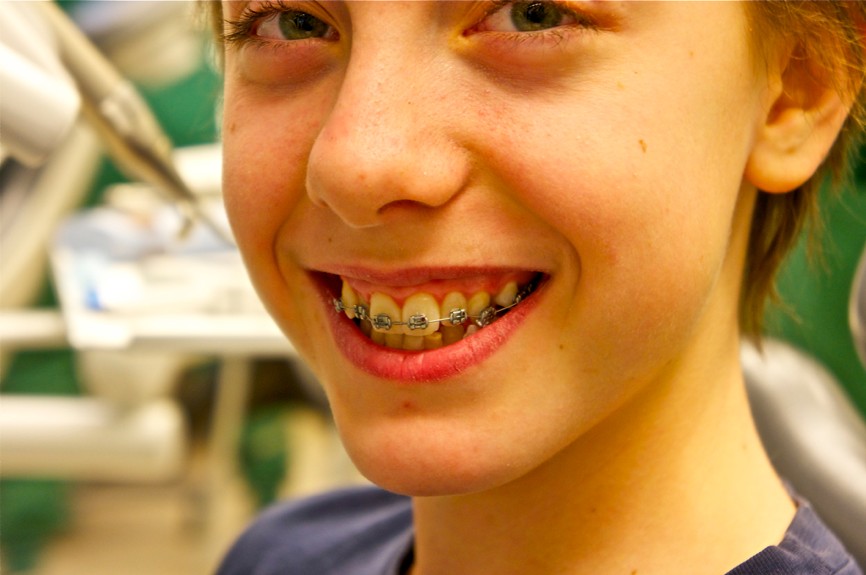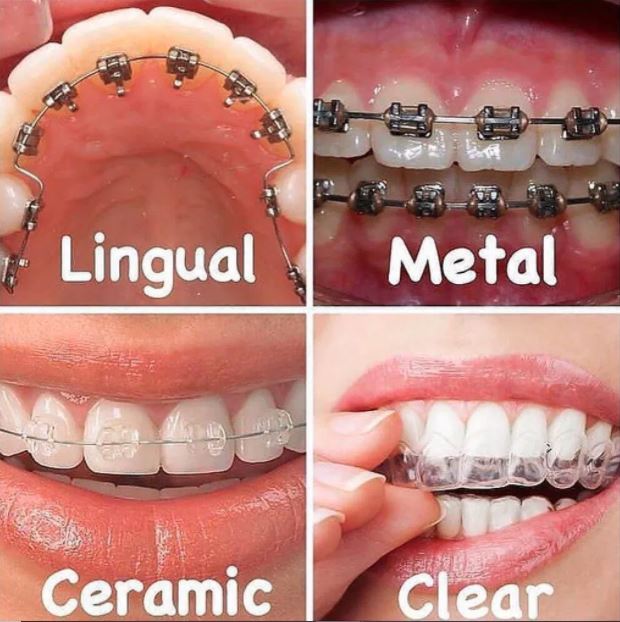What Sets Cumming Braces and Aligners Apart from Other Orthodontic Treatments
What Sets Cumming Braces and Aligners Apart from Other Orthodontic Treatments
Blog Article
Comprehensive Overview to Orthodontics Procedures for Fixing Dental Imbalances
Comprehending the intricacies of each treatment, including their devices, advantages, and prospective disadvantages, is important in making informed decisions concerning one's orthodontic therapy. As we browse with the detailed overview to orthodontic procedures for correcting oral imbalances, the complex details of each method will certainly unravel, losing light on the course towards a unified and practical oral alignment.
Orthodontic Procedures Introduction

Normal changes and tracking are critical parts of orthodontic therapy to ensure development is on track and to make any type of necessary alterations along the method. By going through orthodontic treatments, people can not only attain a straighter grin however likewise enhance their overall oral wellness and function.
Traditional Braces: How They Work
When considering orthodontic treatments for dental misalignments, traditional dental braces stick out as a tried and true method for fixing teeth positioning. Standard braces consist of brackets, cords, and bands that interact to apply continuous stress on the teeth, gradually relocating them into the wanted positioning. The braces are attached to the teeth making use of an unique adhesive, and the cords are threaded with the brackets. By readjusting the stress of the cords, orthodontists can regulate the instructions and force put on each tooth, guiding them into correct alignment over time.
As pressure is applied to the teeth with the dental braces, the bone bordering the teeth is improved to sustain the new tooth positions. Clients will require regular modifications at the orthodontist's office to make sure the dental braces proceed to apply the right stress for efficient teeth activity.
Unnoticeable Aligners: Advantages And Disadvantages
Undetectable aligners use a discreet and convenient option to typical dental braces for correcting oral imbalances. These clear, customized trays are essentially unseen when used, making them an attractive alternative for individuals seeking a much more visually pleasing orthodontic therapy. Among the key advantages of unnoticeable aligners is their removability, allowing for less complicated maintenance of oral health compared to standard braces. Individuals can eliminate the aligners prior to eating or brushing their teeth, minimizing the danger of food obtaining stuck in the home appliance and streamlining the cleaning procedure.

Surgical Orthodontic Options
Surgical interventions in orthodontics present viable alternatives for resolving complex oral misalignments that may not be effectively dealt with through conventional orthodontic treatments. While typical braces and invisible aligners can deal with many orthodontic concerns, particular cases need Your Domain Name surgical intervention to accomplish optimum outcomes. Surgical orthodontic choices are commonly recommended for severe malocclusions, substantial jaw inconsistencies, and situations where the underlying bone structure needs adjustment to accomplish appropriate alignment.
One common surgical orthodontic treatment is orthognathic surgical treatment, which includes repositioning the jaws to deal with useful issues such as difficulty talking or chewing. This surgery is frequently carried out in collaboration with an orthodontist that helps align the teeth before and after the procedure. Surgical orthodontics may also entail procedures to expose influenced teeth, get rid of excess gum cells, or reshape the jawbone to produce a more unified facial profile.
Prior to considering medical orthodontic options, individuals undergo a thorough assessment to establish the requirement and possible advantages of such interventions. orthodontist. While surgical treatment may seem complicated, it can dramatically enhance both the function and appearances of the smile in situations where conventional orthodontic treatments fail
Retainers and Post-Treatment Care

Post-treatment treatment entails complying with the orthodontist's instructions faithfully. This might include correct oral health methods, participating in follow-up appointments, and wearing the retainers as prescribed. Failure to follow post-treatment treatment guidelines can result in regression, where the teeth gradually move back in the direction of their initial positions. Consistent retainer wear, excellent oral health, and regular oral exams are essential for keeping the results achieved via orthodontic surgical treatment and making sure the long-term security of the fixed oral alignment.
Conclusion
In conclusion, orthodontic treatments provide numerous options for dealing with dental imbalances. Standard dental braces use steel braces dental implants prices and cords to shift teeth into proper positioning. Undetectable aligners provide an even more discreet choice but may not be ideal for all instances. Surgical orthodontic options are readily available for a lot more serious imbalances. Retainers are typically made use of post-treatment to preserve the brand-new alignment. Overall, orthodontic treatments can effectively enhance dental wellness and visual look.
As we why not look here browse via the detailed overview to orthodontic procedures for correcting dental misalignments, the elaborate details of each approach will unravel, shedding light on the course towards a unified and useful dental alignment. - orthodontics
One of the most common orthodontic therapies is the usage of dental braces, which are composed of metal brackets and wires that apply gentle stress to gradually change teeth into the desired position.When taking into consideration orthodontic treatments for oral imbalances, standard dental braces stand out as a time-tested approach for correcting teeth placing. Furthermore, undetectable aligners might not be suitable for complicated orthodontic problems that call for more significant teeth movement, as they are commonly advised for mild to moderate cases. Retainers are personalized orthodontic tools created to hold teeth in their remedied positions after the completion of orthodontic treatment.
Report this page